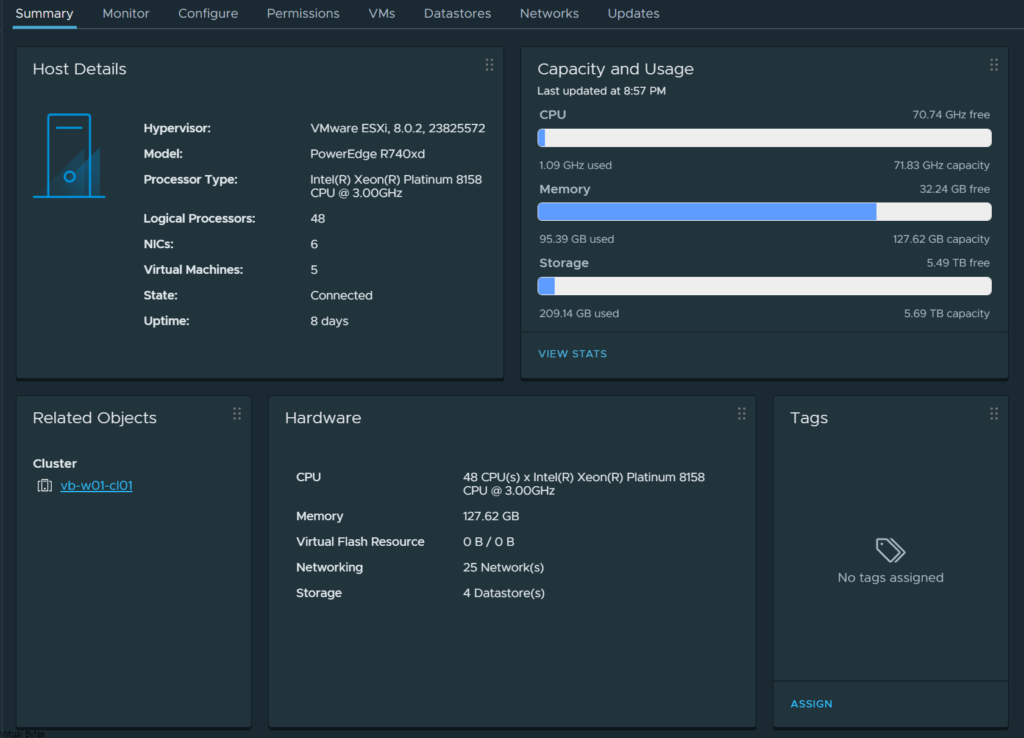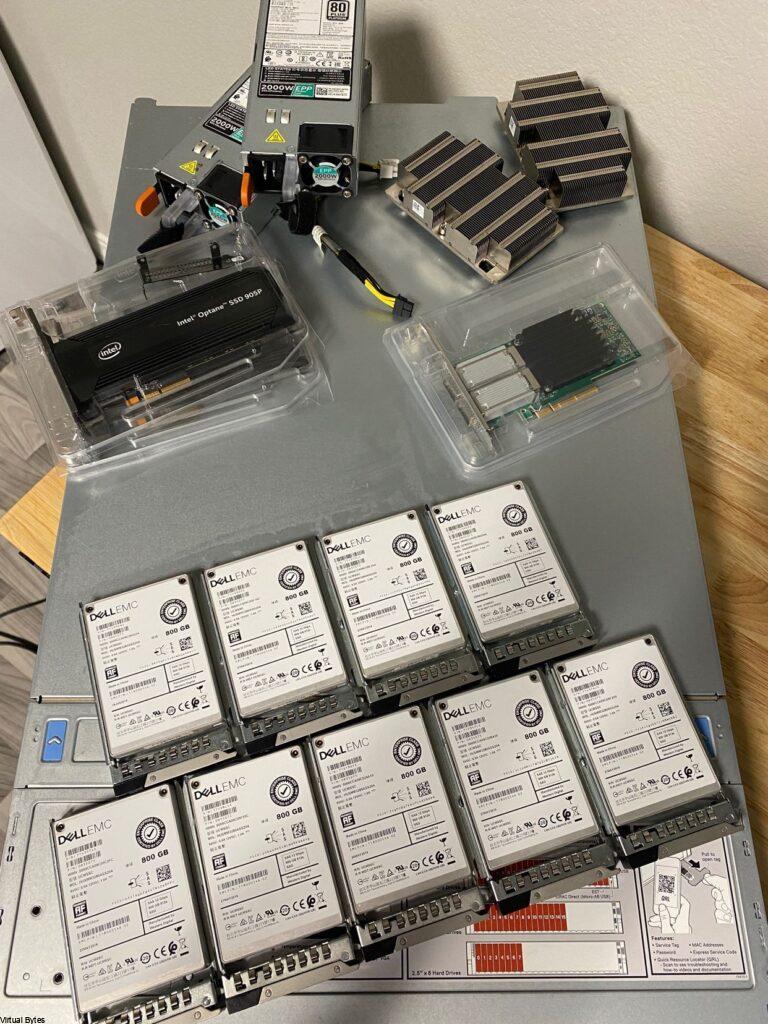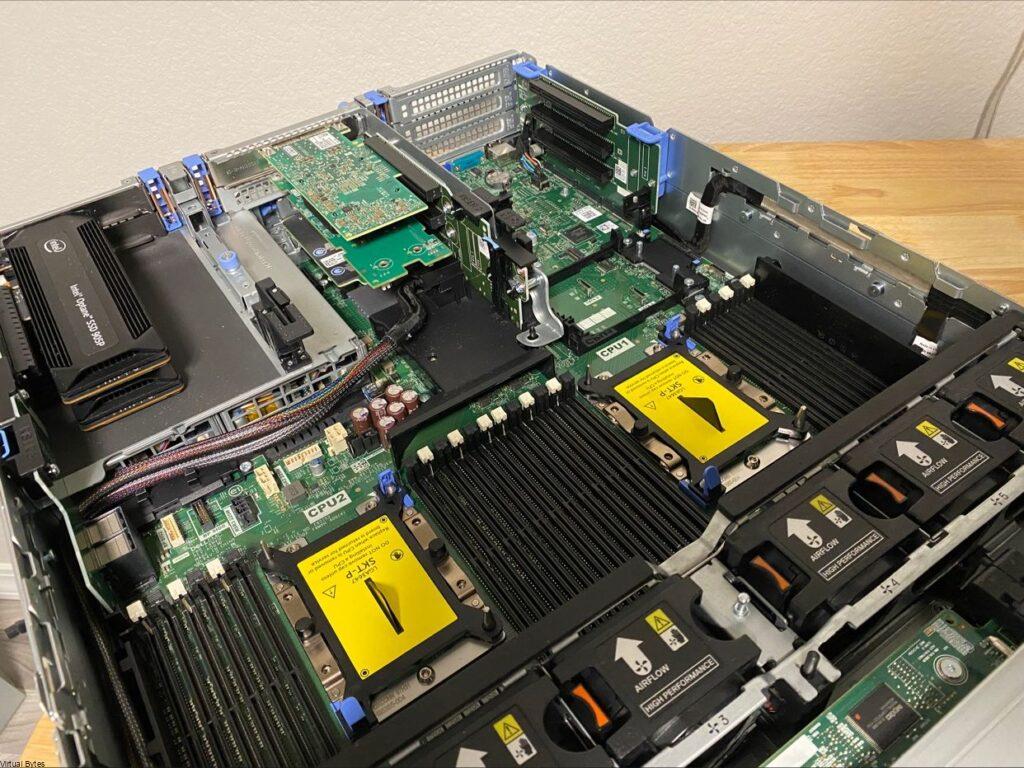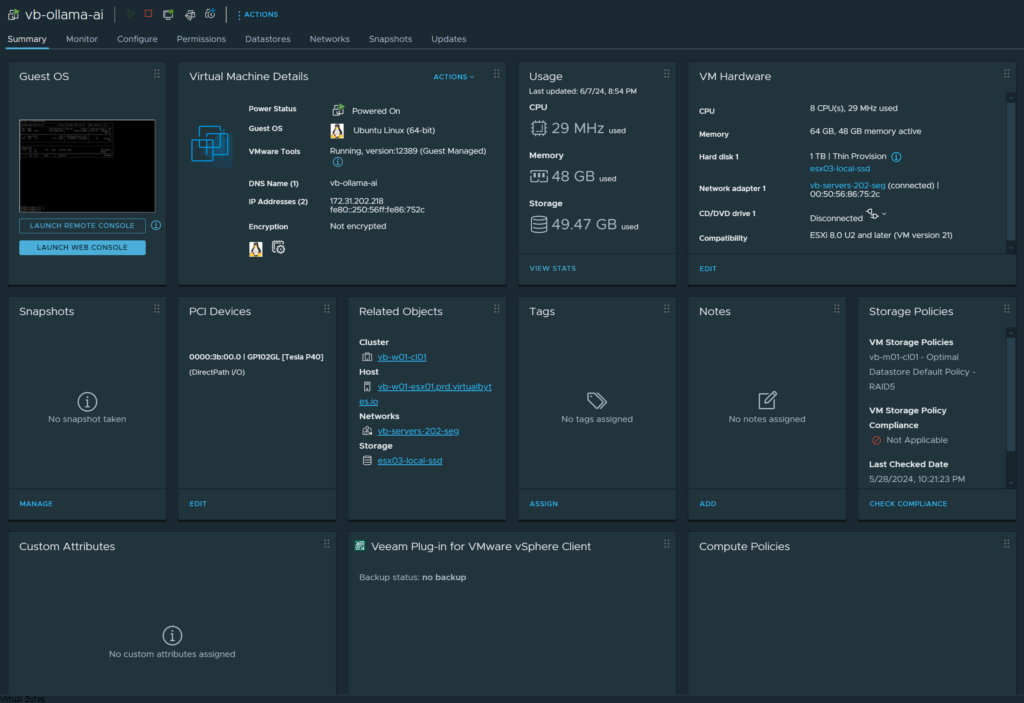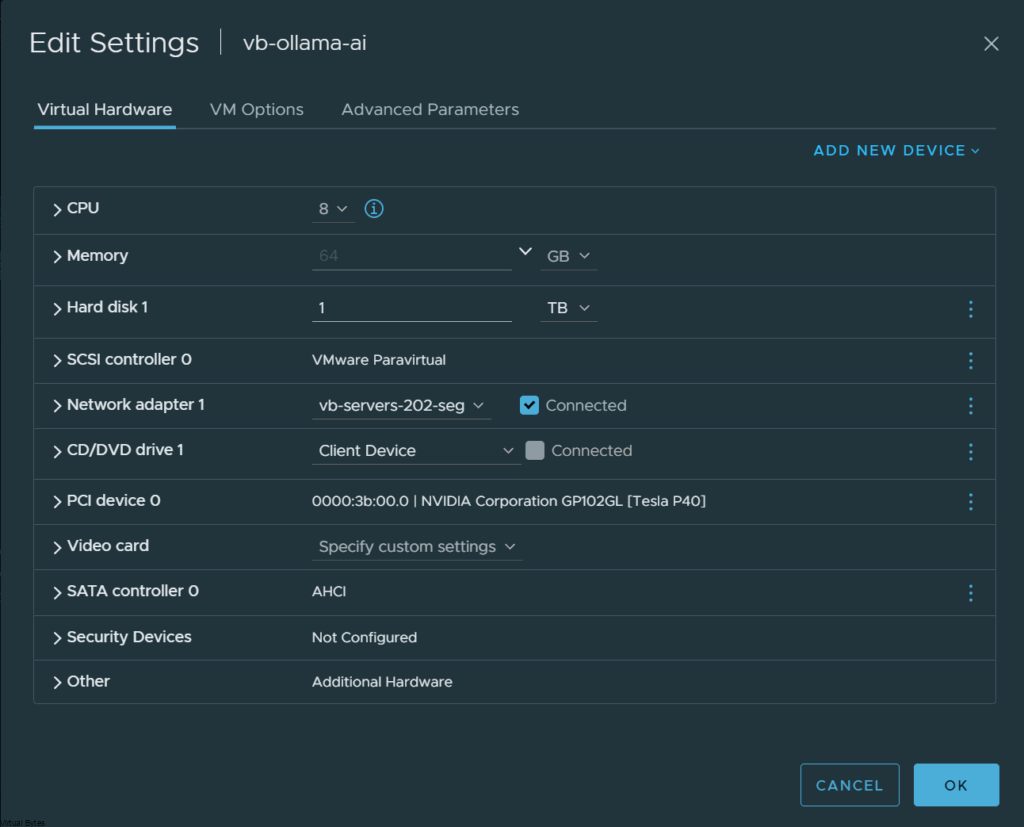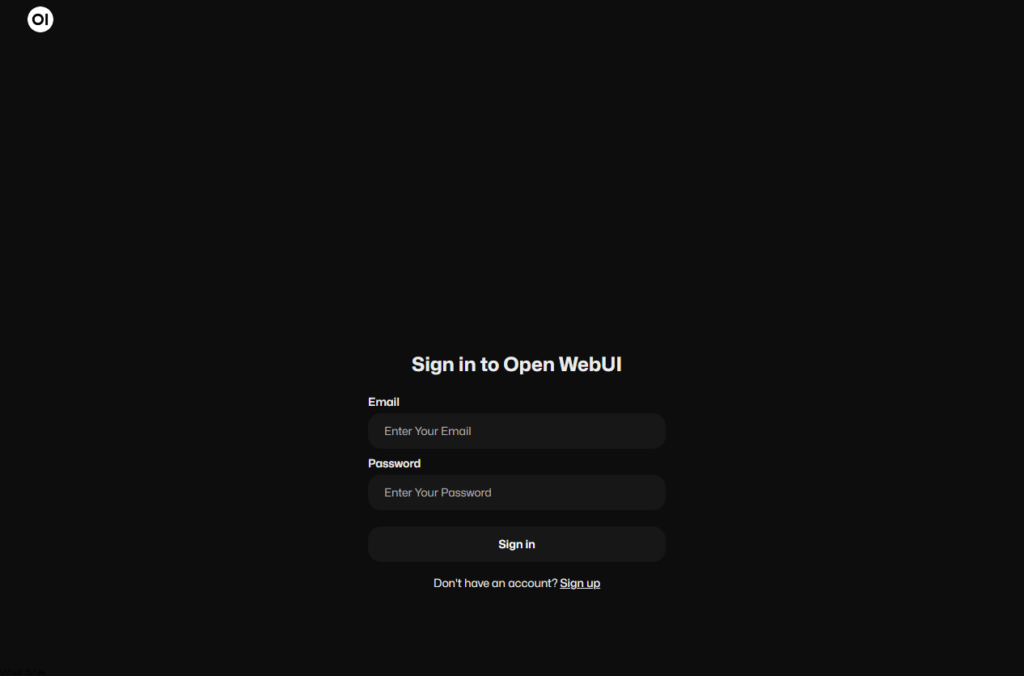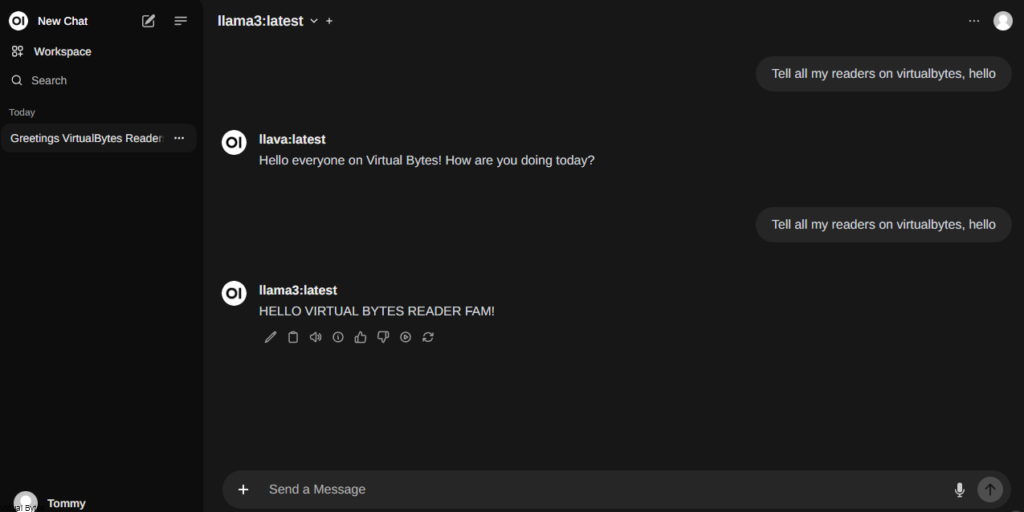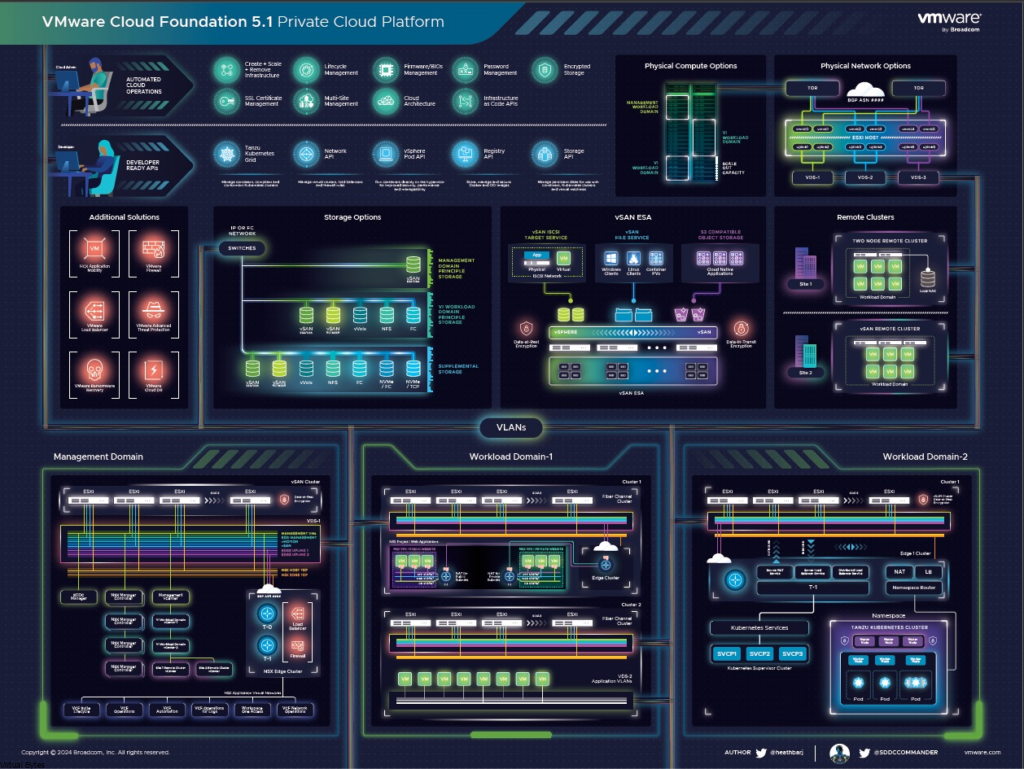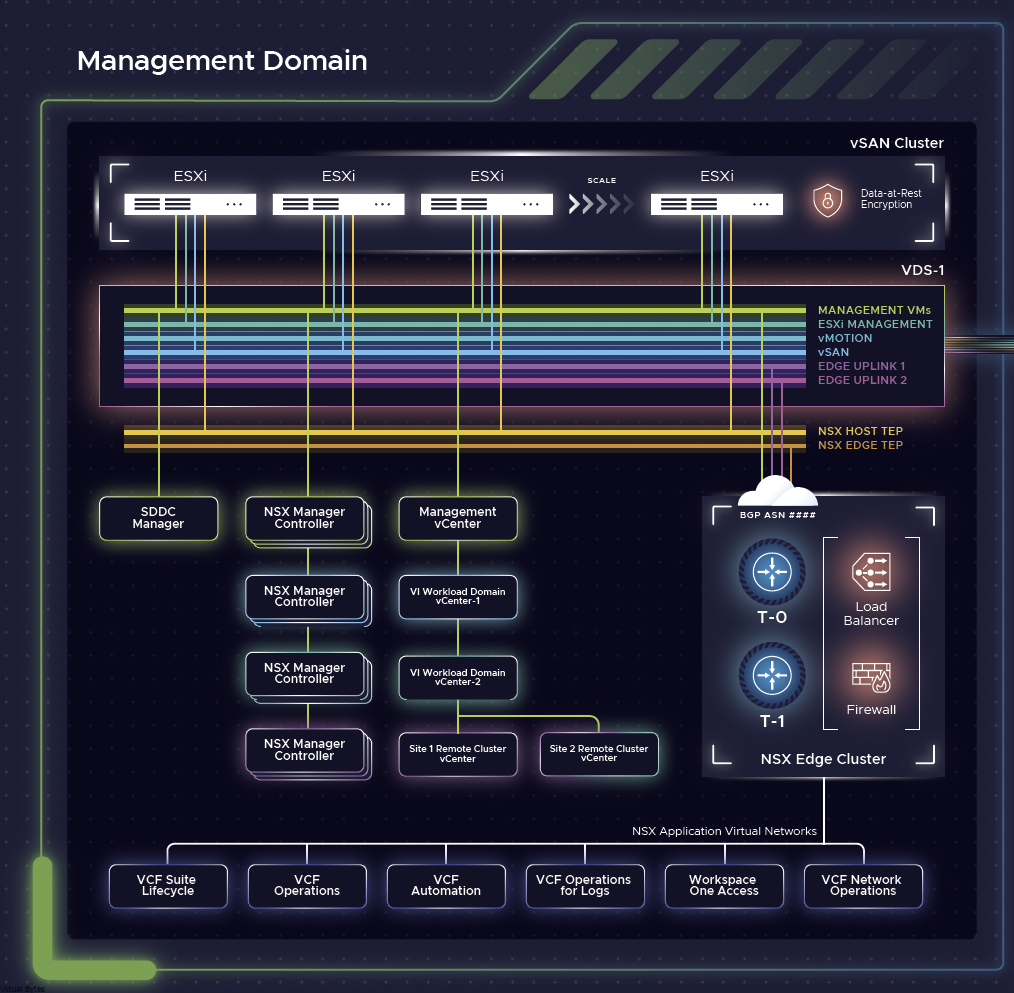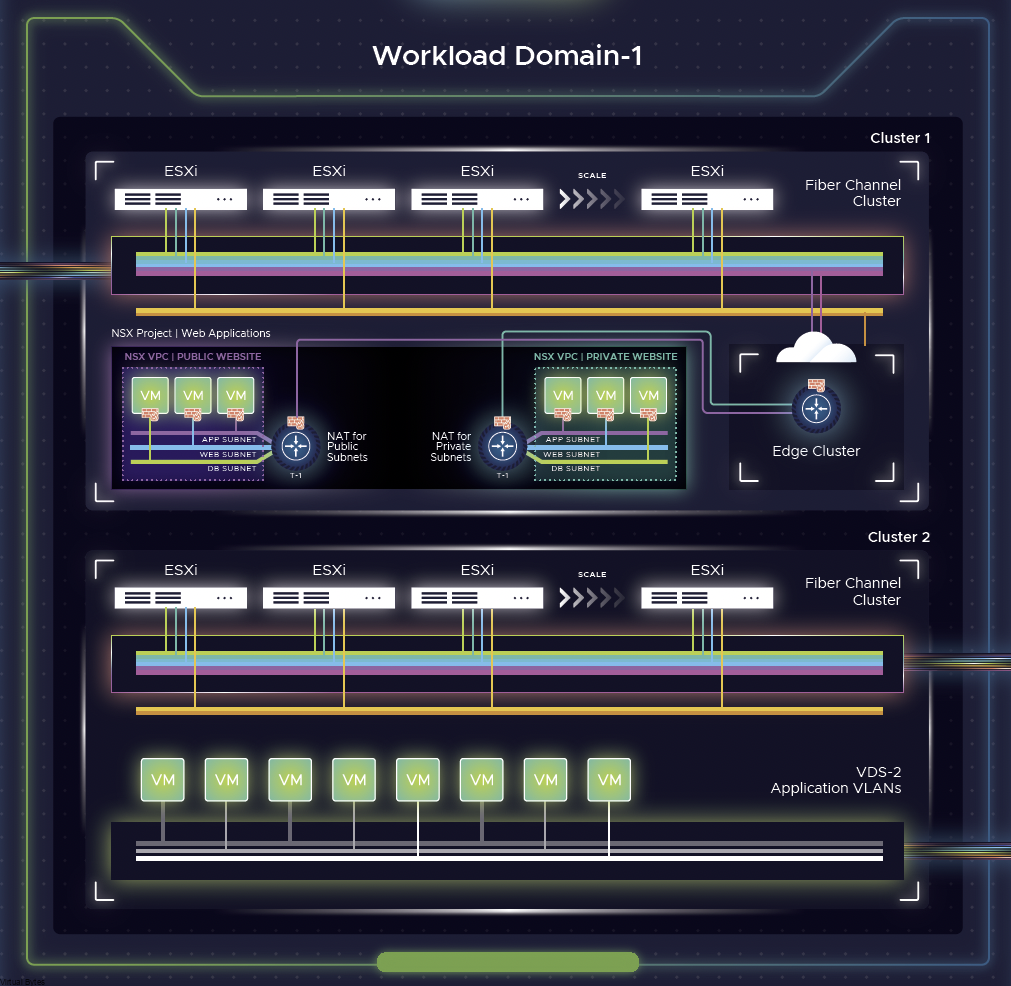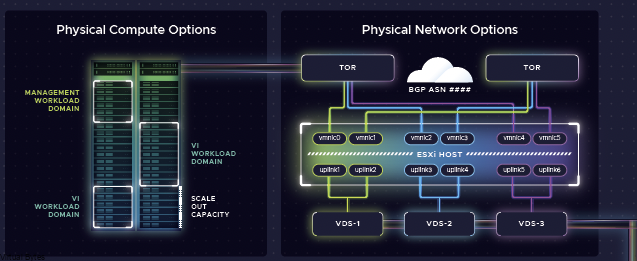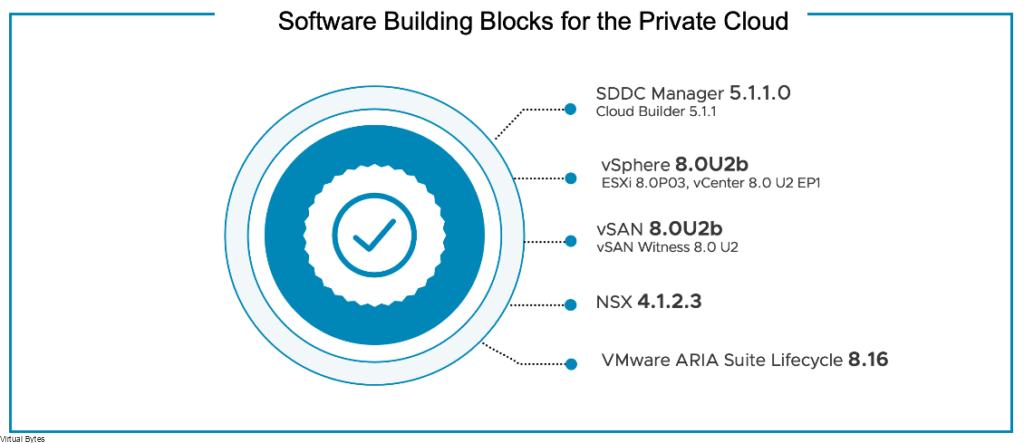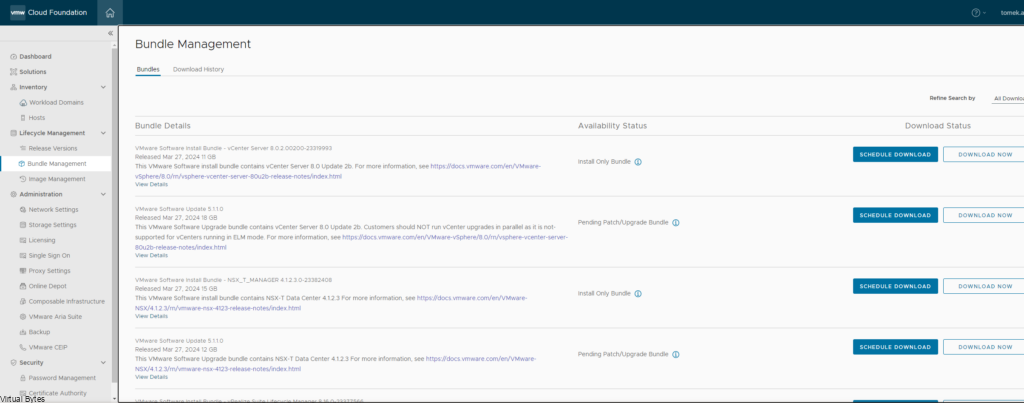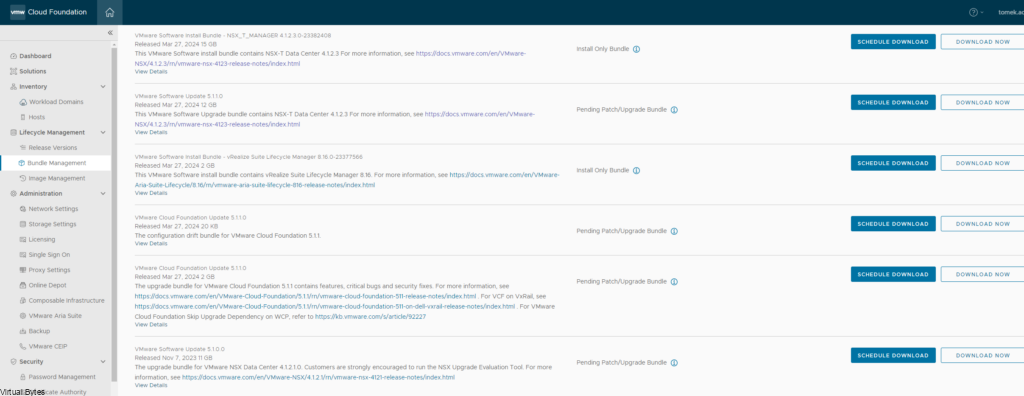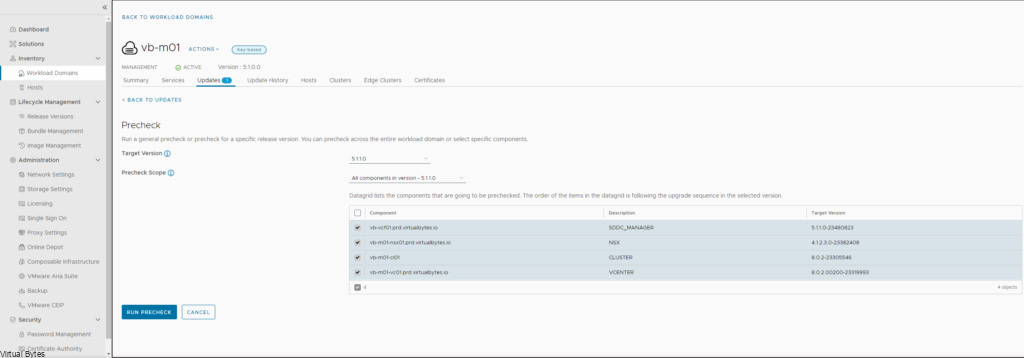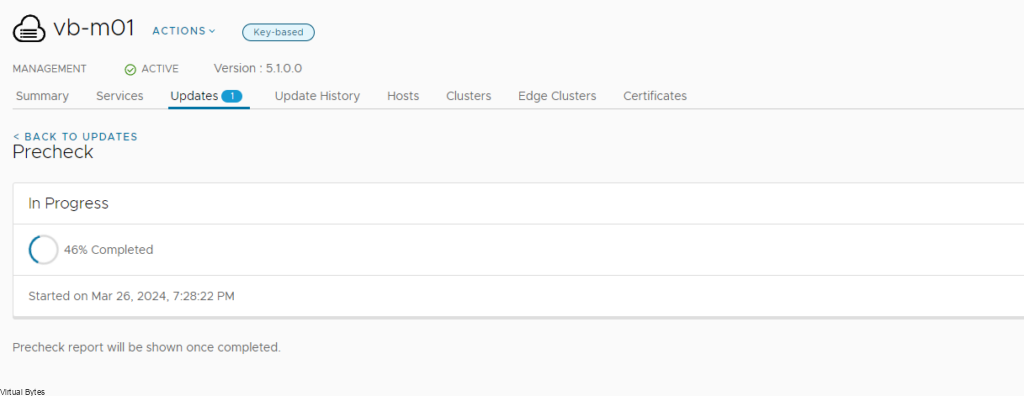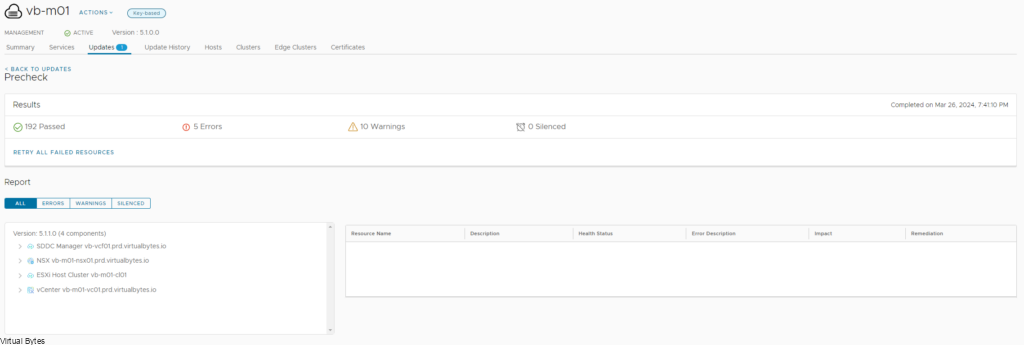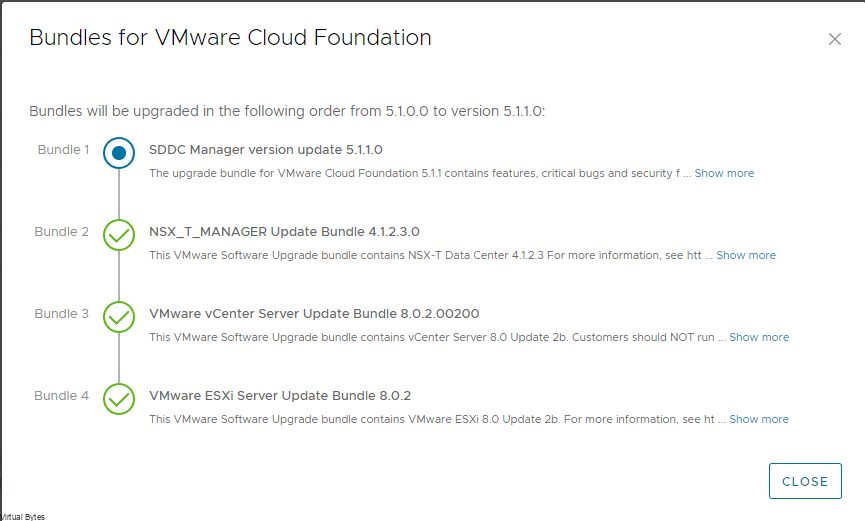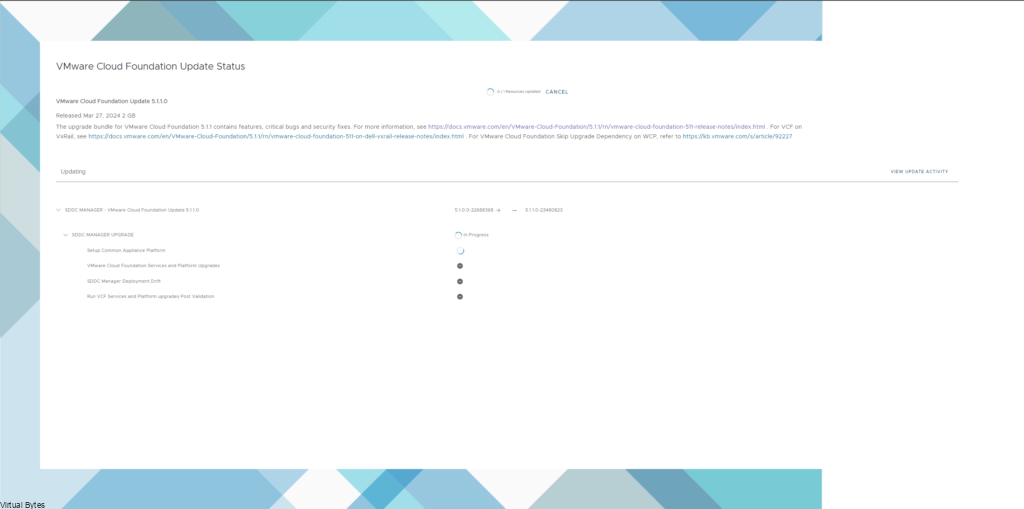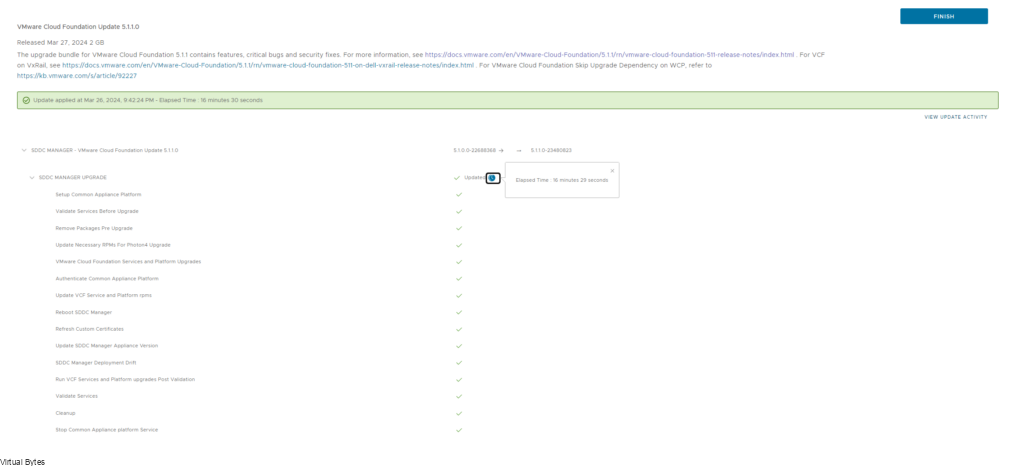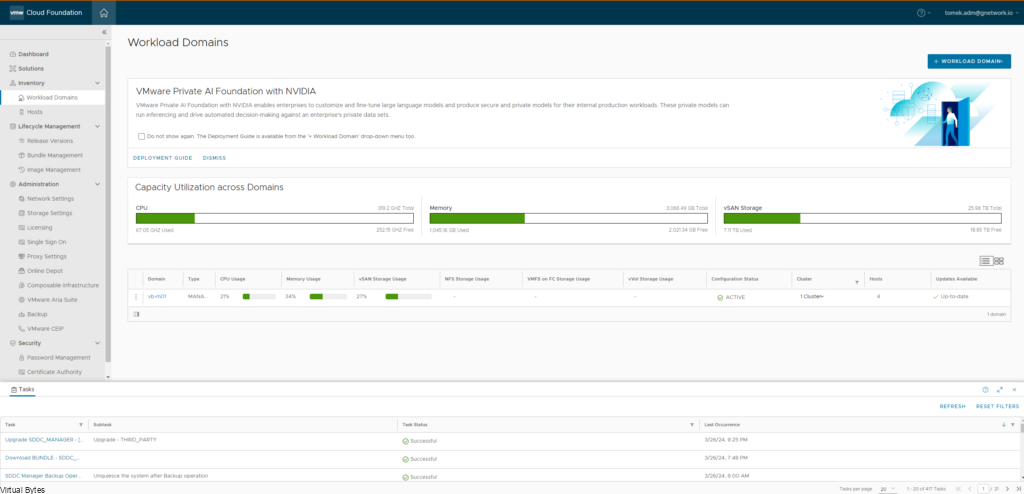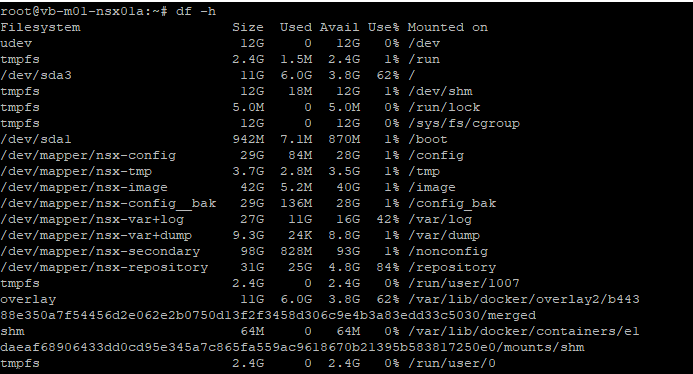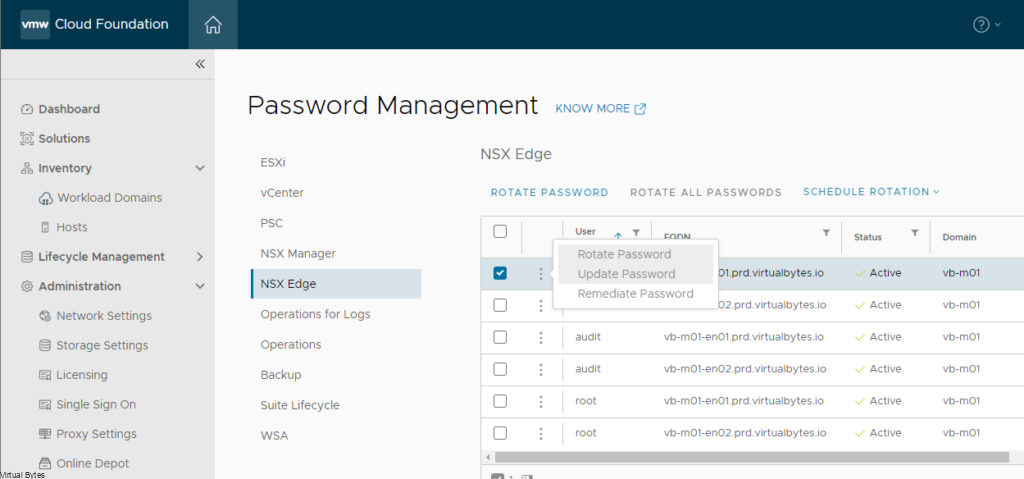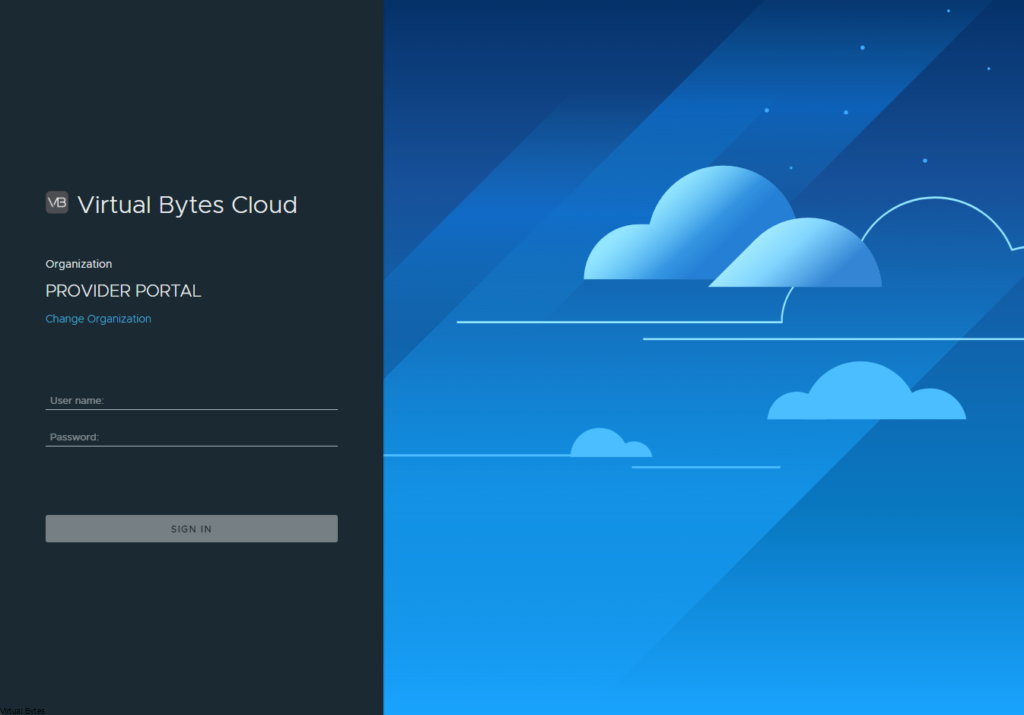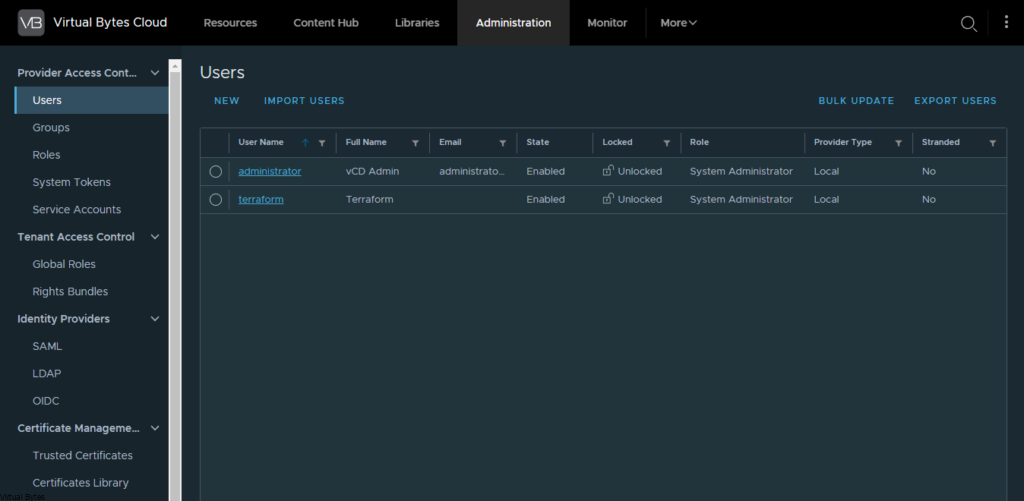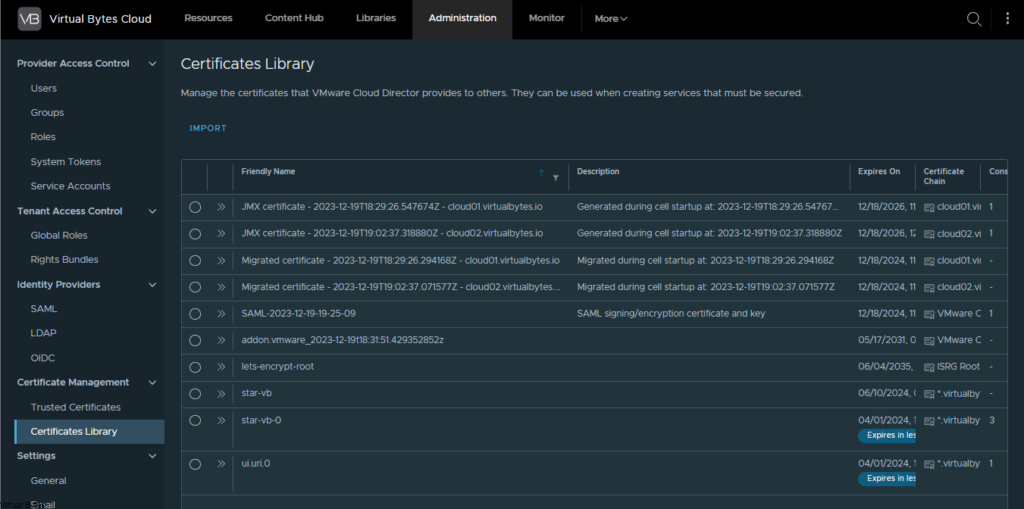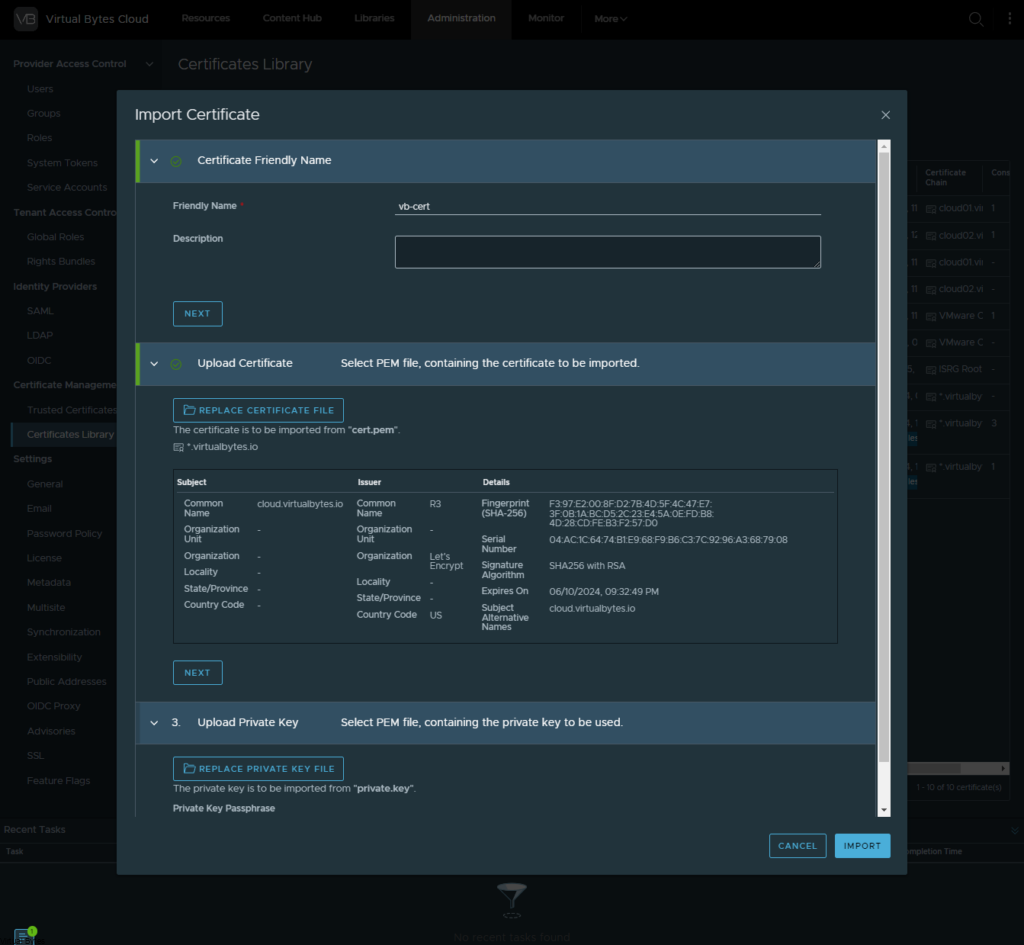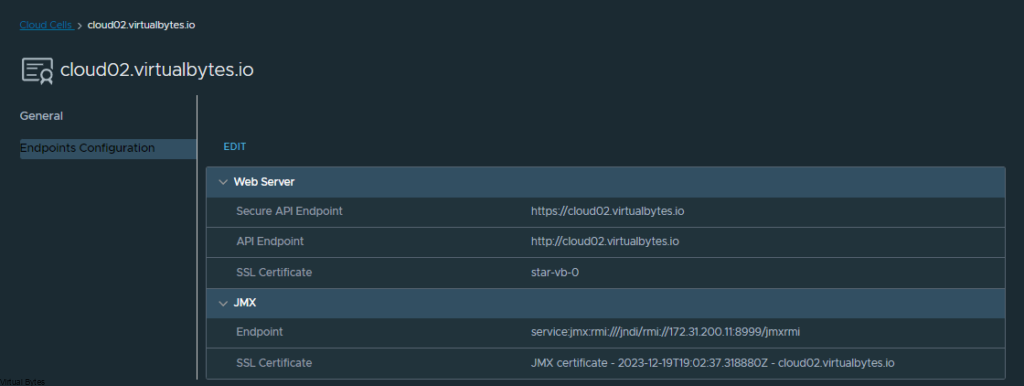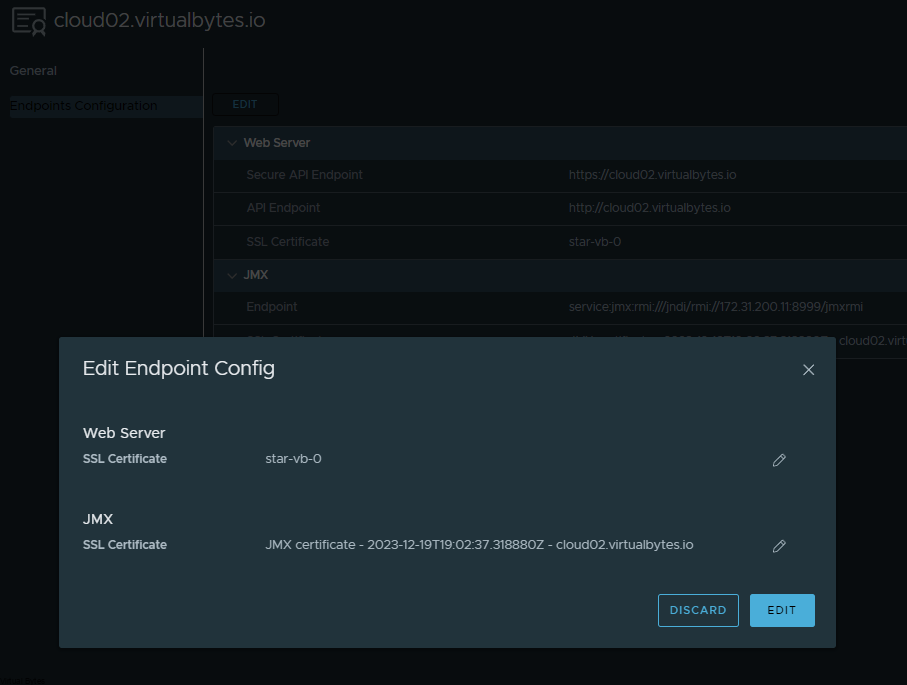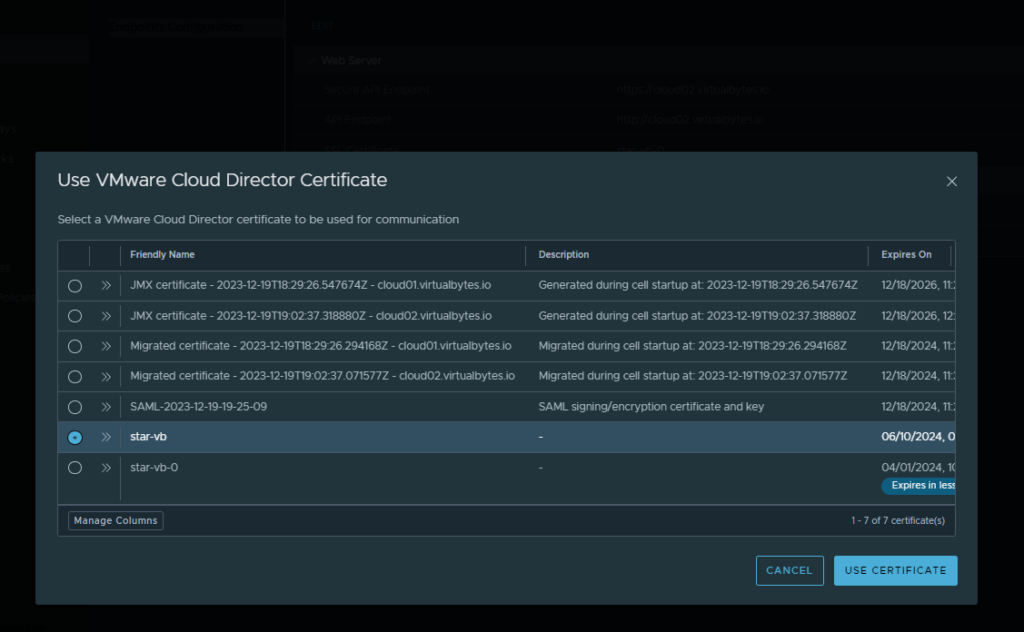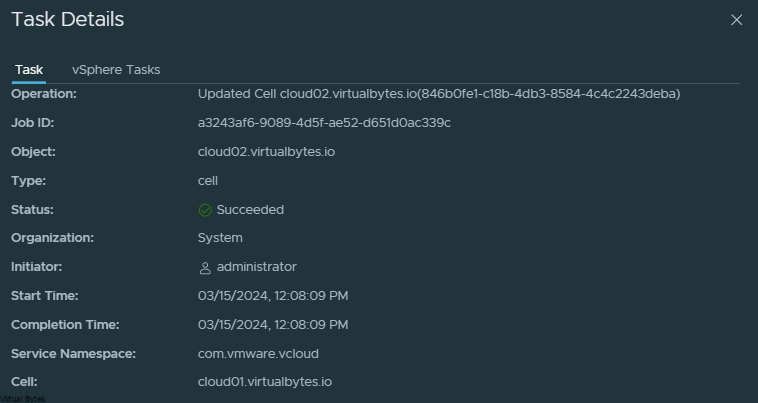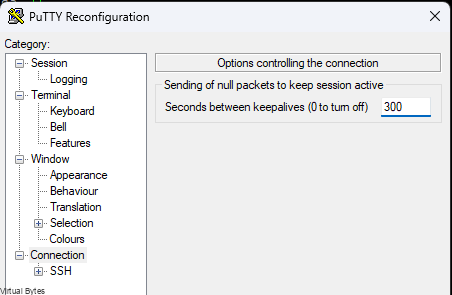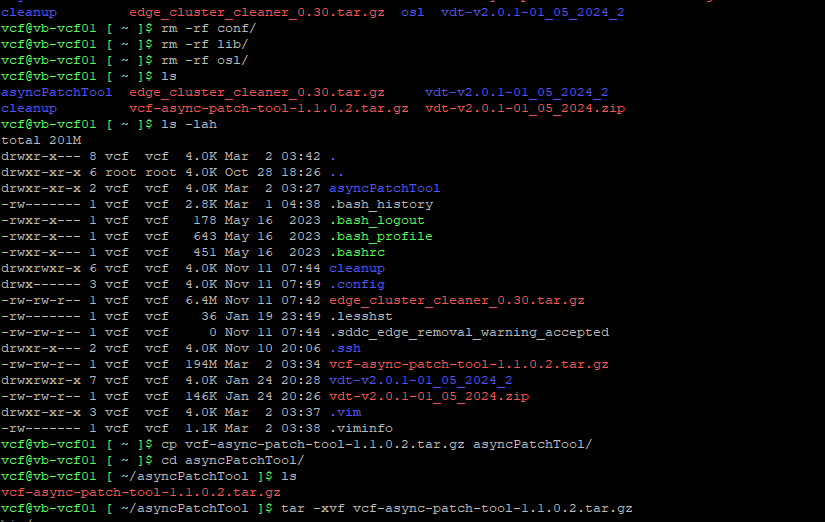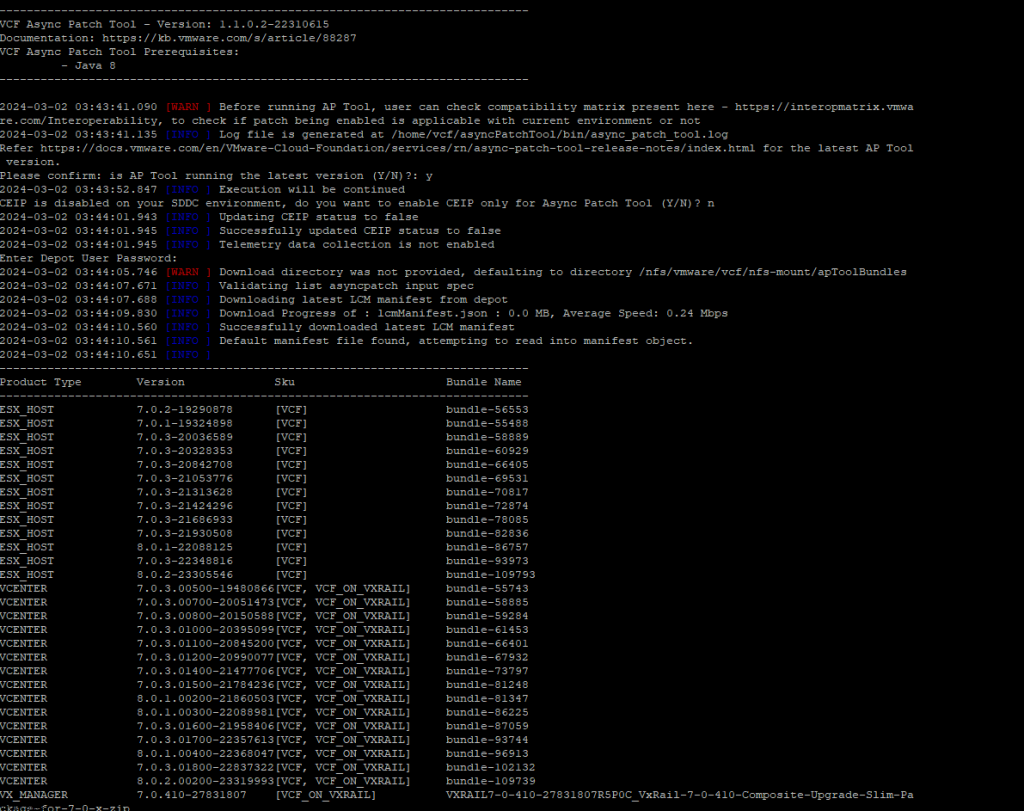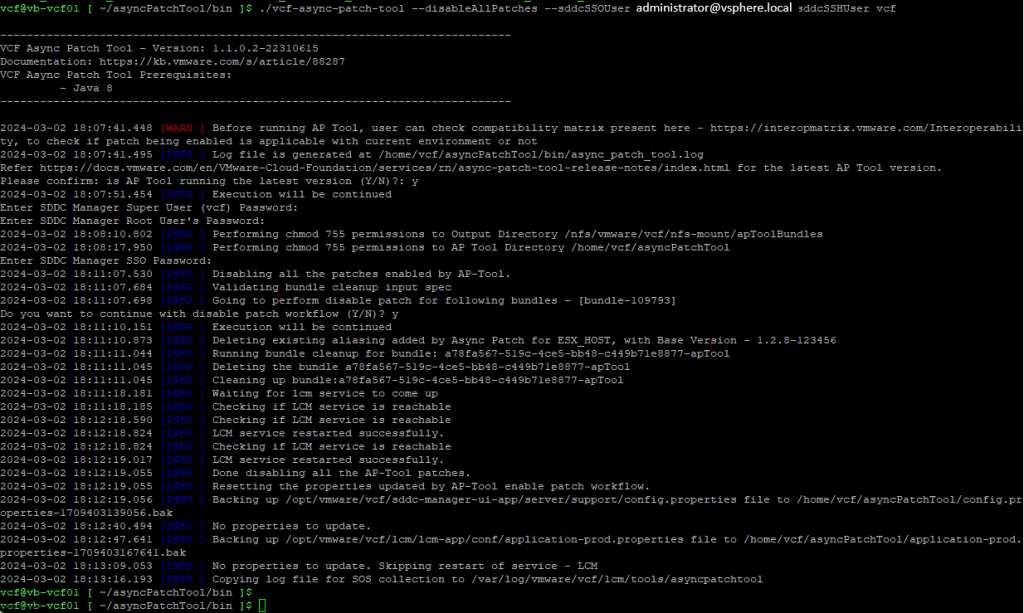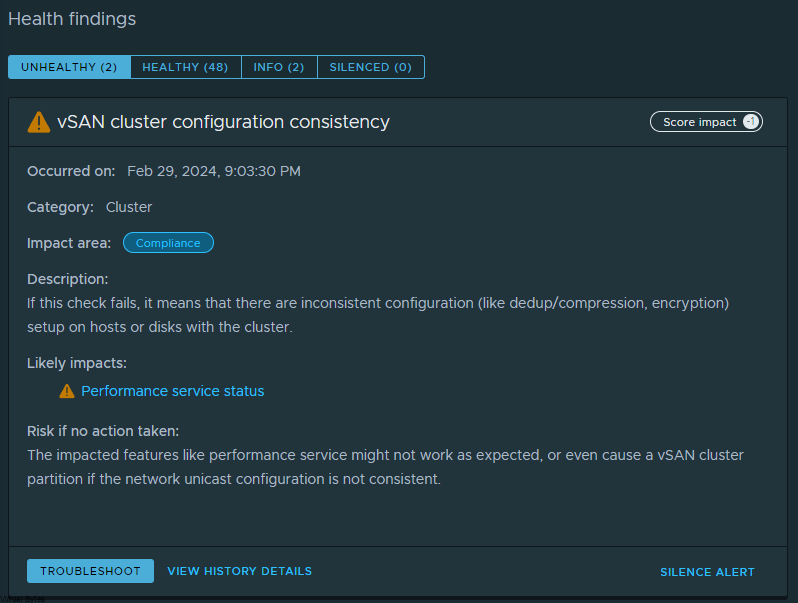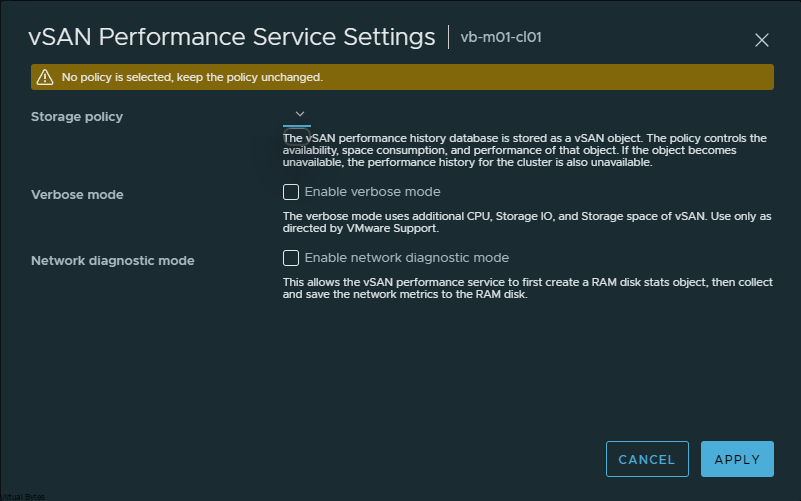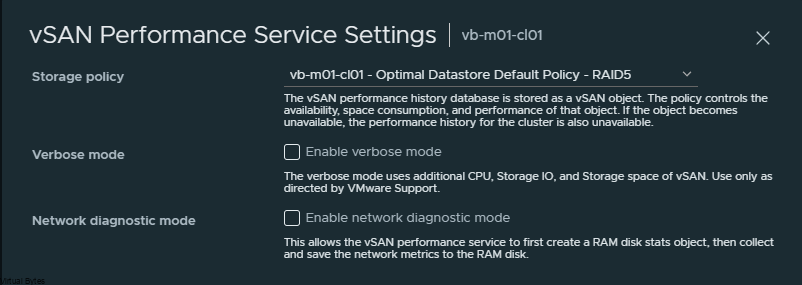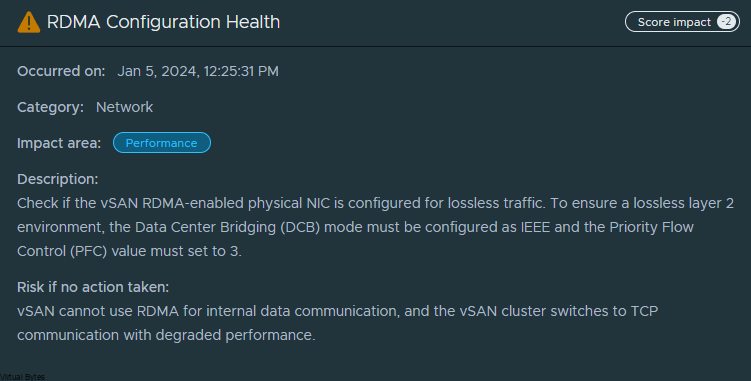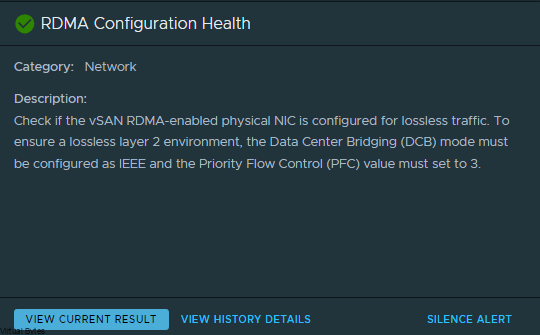The VMware Explore 2024 content library is now live! Get ready for a week of insightful sessions, thought-provoking discussions, and innovative showcases from industry leaders and VMware experts. 💡
Beyond the insightful keynotes and thought-provoking discussions, VMware Explore 2024 offers an unparalleled opportunity to get your hands dirty with the latest technologies and deepen your knowledge in various domains.
Here’s what awaits you in the hands-on labs:
- Practical workshops: Master new skills in areas like Kubernetes, security, networking, and more.
- Solution-focused labs: Solve real-world challenges with hands-on guidance from VMware experts.
- Dedicated lab environments: Ensure a focused and productive learning experience with curated lab settings.
Make sure to stop by the Hands On Labs during a break or downtime where you can test, learn and enjoy tinkering with HOL Environments that are provided to you during the event!
General sessions will cover a diverse range of topics:
- Industry trends: Explore the future of technology across sectors like healthcare, finance, and sustainability.
- Product updates: Get the latest news and insights on new products. Many exciting new advancements in private cloud, AI, app delivery and the edge.
- Customer success stories: Learn how organizations are leveraging VMware solutions to achieve business outcomes.
Keynotes will inspire and challenge you:
- Visionary leaders: Gain valuable perspectives from industry leaders who will share their insights on the most pressing challenges and opportunities in technology.
- Inspiring talks: Prepare to be captivated by thought-provoking discussions covering a wide range of topics, from digital transformation to sustainability.
Session Recommendations!
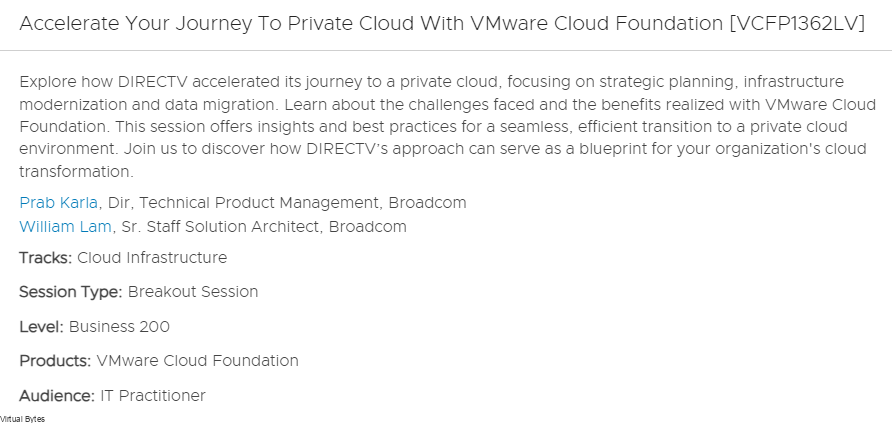
Link to Session Accelerate Your Journey To Private Cloud With VMware Cloud Foundation [VCFP1362LV]
In this breakout session, William Lam and Karia Parb will talk about an exiting journey to being utilizing and modernizing your data center environments using VMware Cloud Foundation. How VCF can improve your business operations and systems! I have attended previous sessions by William Lam and they were outstanding!
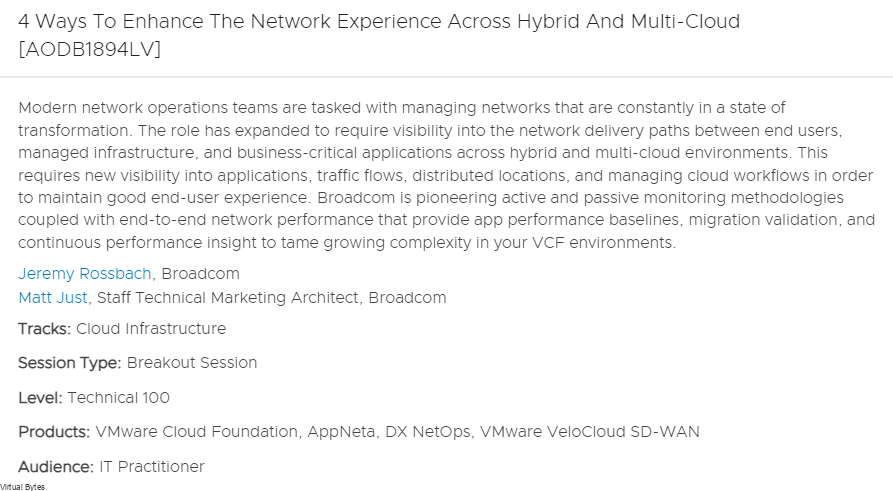
Link to Session 4 Ways to Enhance the Network Experience Across Hybrid and Multi-Cloud [AODB1894LV]
This session will go into deep dive on how to enhance your Networking experience using VCF and NSX, and being able to migrate workloads from hybrid cloud to on prem, this is a great sessions for many organizations to attend due to the complexities that are involved with the unknowns of the Internet, where how things need to be configured properly to seamlessly scale and migrate workloads between the on-prem datacenter and hybrid cloud. So make sure to book this session!
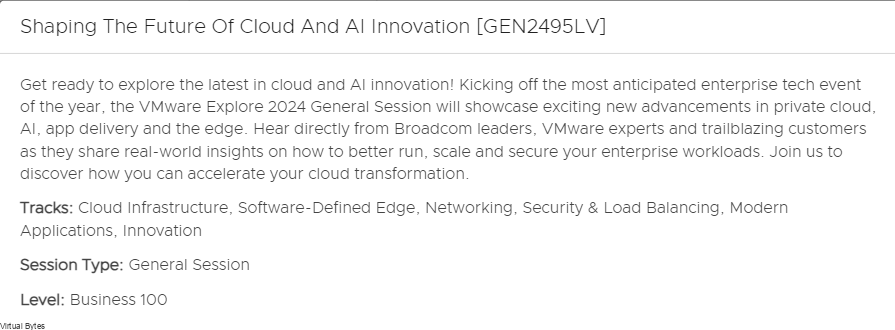
Link to Session Shaping the Future of Cloud and AI Innovation [GEN2495LV]
Are you ready to shape your future of Cloud and Artificial Intelligence? Well this session is going to be a kick! With all the new advancements from Private AI on VCF and how organizations can improve and scale and operate their enterprise workloads by implementing and designing a solid VMware Cloud Foundation environment, this general session will be an awesome outlook on how AI, applications and data center computing will help the industry!
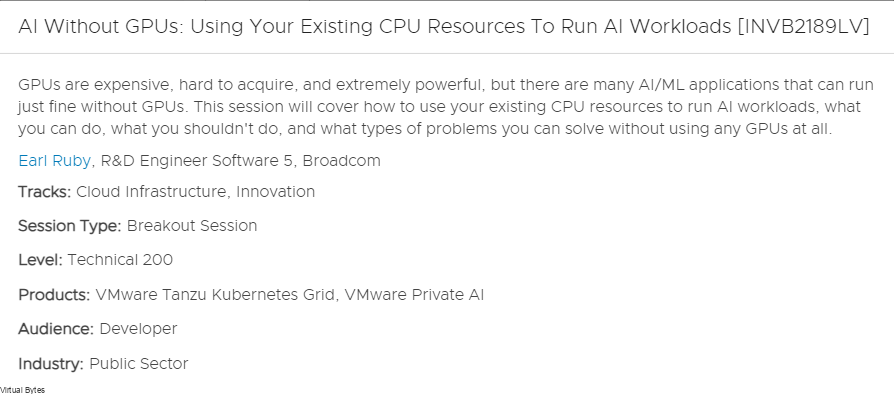
Link to Session AI Without GPUs: Using Your Existing CPU Resources To Run AI Workloads [INVB2189LV]
This is a session I want to attend my self, even for my home lab where I have a large environment to do lots of CPU workloads but when it comes to having GPUs they get very costly, so being able to run AI/ML workloads on CPU resources will be a game changer for many organizations as well, due to cost savings and also ease of use whereas GPUs require more infrastructure and also the cooling. This will be a popular session I can already see it filling up!
Don’t miss the chance to:
- Network with fellow attendees and industry professionals.
- Discover new ideas and innovations.
- Gain practical skills and knowledge to enhance your career.
Here’s what you need to know:
- Register for sessions soon: Secure your spot for the sessions you’re most interested in and receive notifications when they go live.
- Bookmark your sessions using the “♡” Icon so when the catalog opens for session registration then you will be notified.
Don’t forget to:
- Follow VMware Explore on social media for updates, highlights, and exclusive content. ✨
- Join the #VMwareExplore hashtag conversation to connect with other attendees and share your thoughts. 💬
- Ready to explore the future of technology? Head over to the VMware Explore 2024 content library and start planning your viewing experience!
